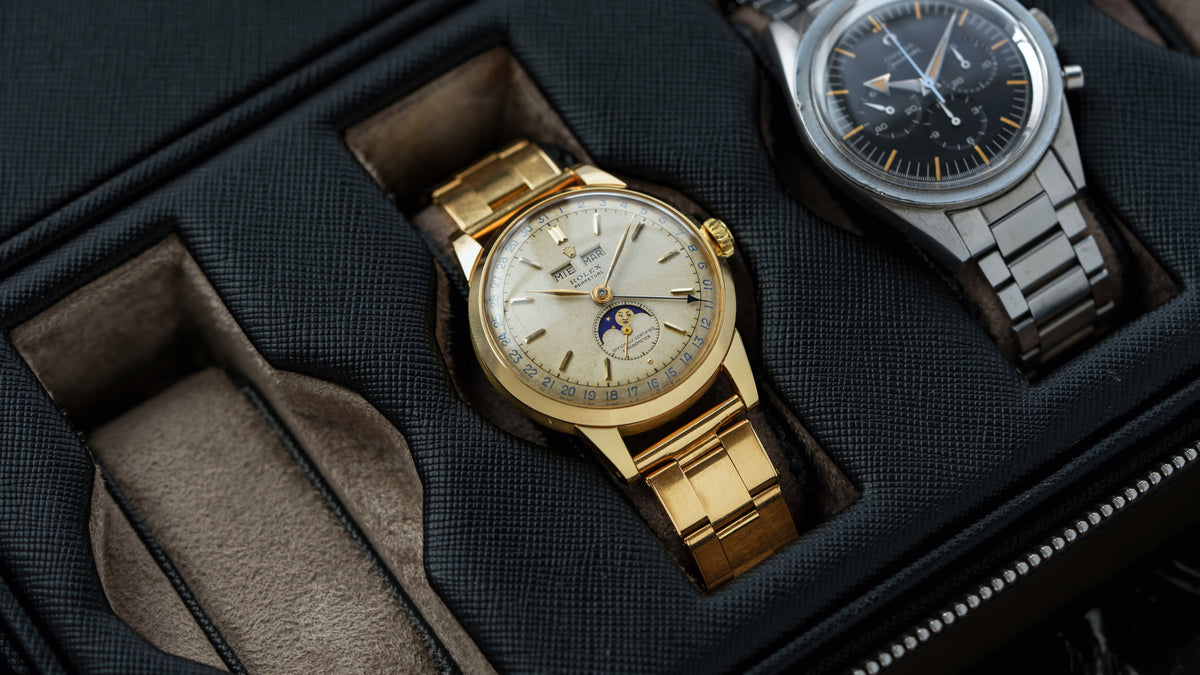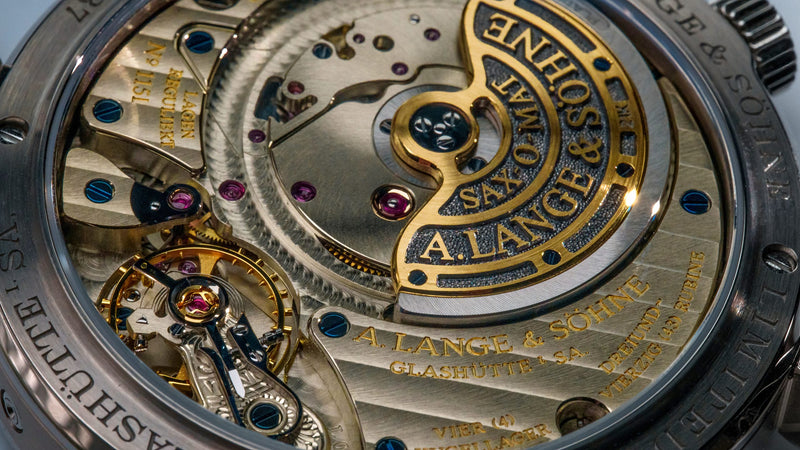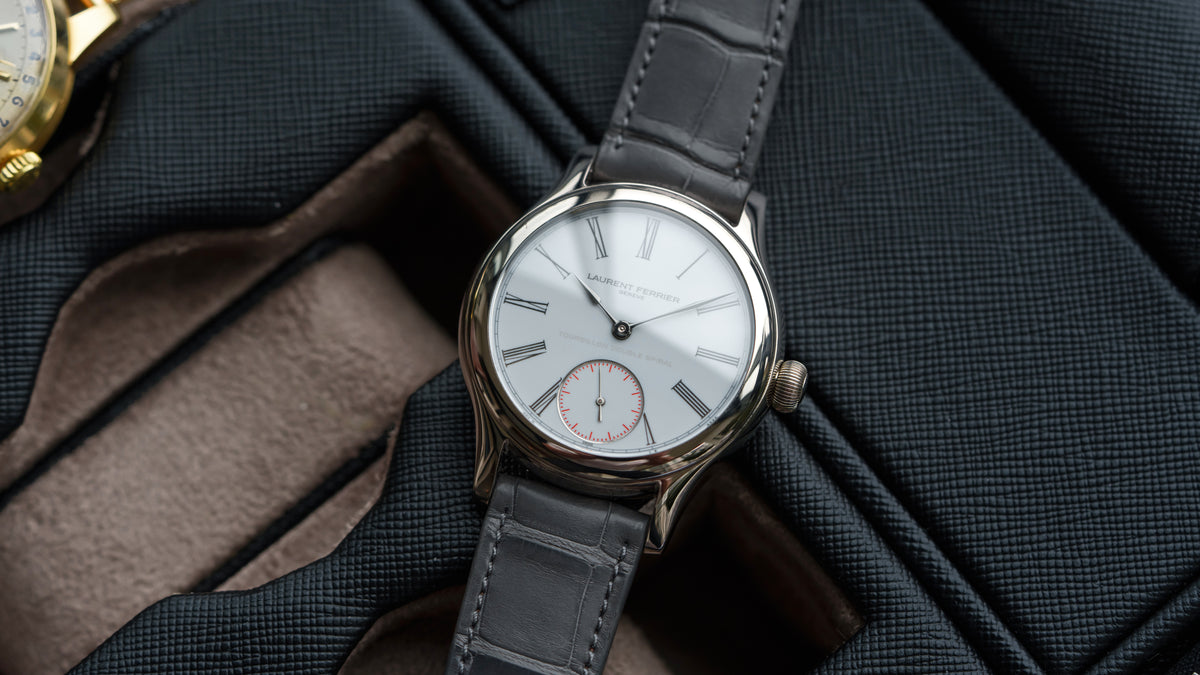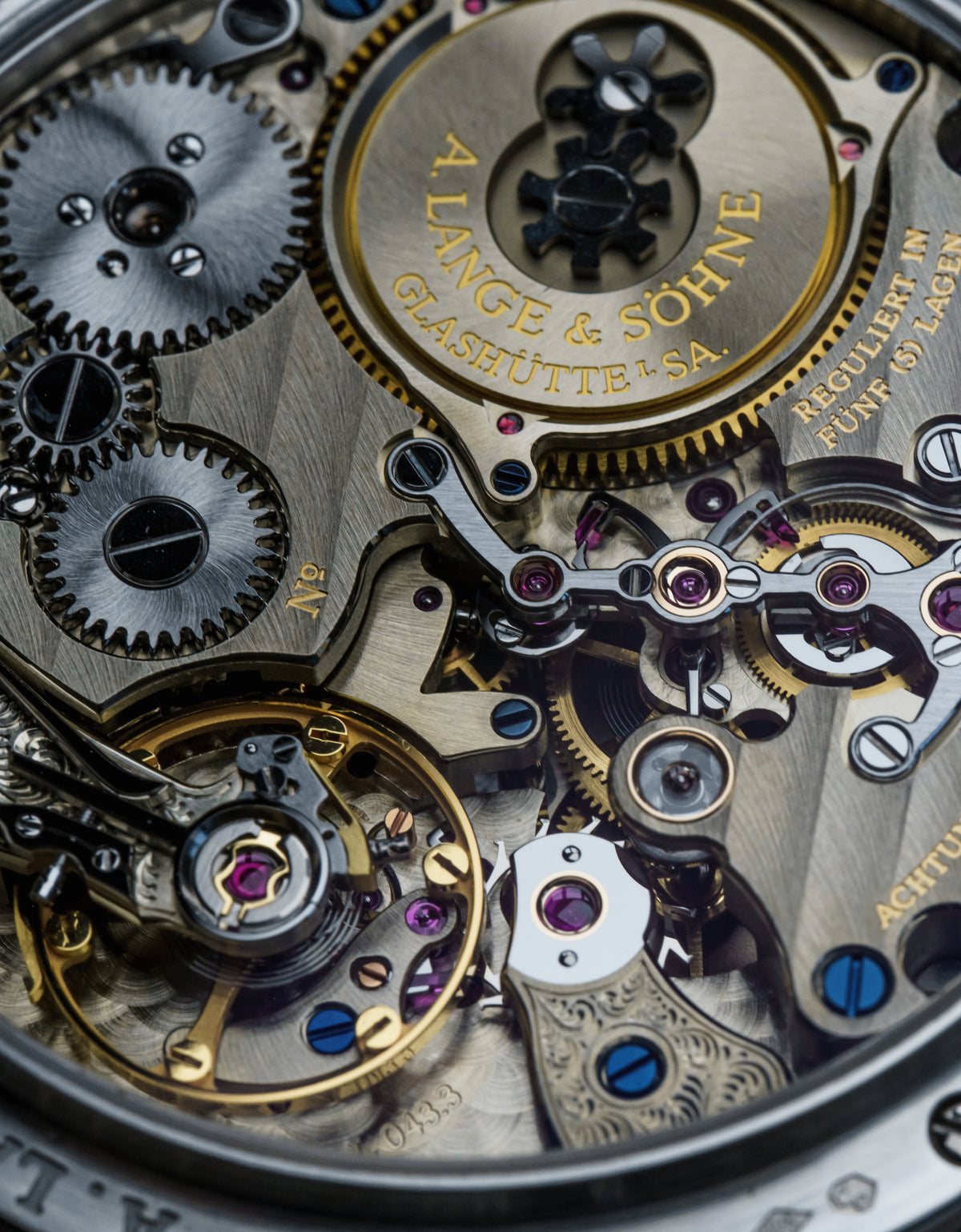2390 Cartier Tank Basculante Mechanique
Nothing in Cartier is even close to a value now, surely? No. The 2390 is a screaming value buy even today. It’s mechanical. Or, wait, because it’s Cartier it’s Mechanique. It’s almost a tool watch, here in steel. If you’re a Polo player, the Reverso isn’t the value play today. That’s the Basculante. Its Frederic Piguet ébauche is as capable as in any Tank and just 2mm thin. But this one is 8500 USD. Simply because Cartier made quite a few. If you’re one of the rational types that can’t assign value to rarity alone as a metric but adores Cartier, Basc in the glory of Cartier’s most simultaneously interactive and inexpensive Mechanique Tank.


The 2390 really is a 30s tool watch. The reversing case design here was released by Cartier just a year after the Reverso, 1932. There is argument whether it was in reaction to the JLC or just as uninfluenced innovation to make the Tank more sporting. In either case, it was a purpose-driven design meant to protect the fragile glass crystal from accidental strikes in an era when tennis and golf were growing more popular. Basculante literally translates as tilting, which is all this case does. It becomes impossible not to enjoy flipping this case when its on your wrist, utterly addictive. While there are other reversing case designs, the Reverso and Basculante were really the only two there at the start. And the Basculante is just so often overlooked by comparison. Plus, because of this case design, it can stand fully upright on a flat surface: the ideal travel clock. Besides Hodinkee’s, obviously.
The Basculante disappeared from production for many decades, coming back in small runs during the 90s in this ref. 2390. Of all, the most desirable is likely the ref. 2499 made for the CPCP collection, aside from a few limited editions. Both feature a full guilloché dial, and some of the CPCP production included a display back with a lightly decorated Frederique Piguet. No other watch I can think of is so elegant and playful in equal measure, surely in a class of one. Plus, it spins. I’d love to see what new things the French could design in watches today, if only they could stop driving tractors down the street.


This example looks to be in killer shpae. The case has light surface wear with no significant bashes I can see. And the light marks with full proportions do point toward never seeing a polishing wheel. The white guilloché dial is perfect. It was serviced last year and comes with its full set, from a well-regarded retailer in Japan.









































0 comments
Write a Comment